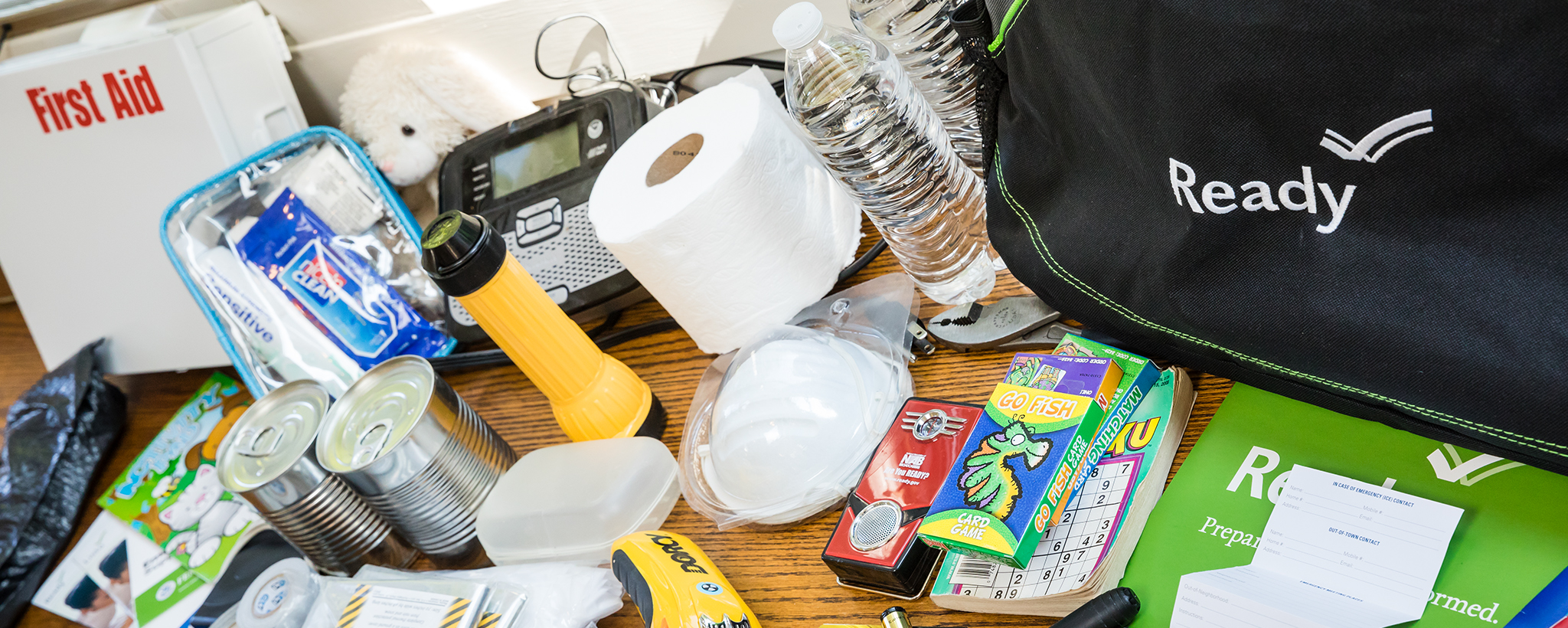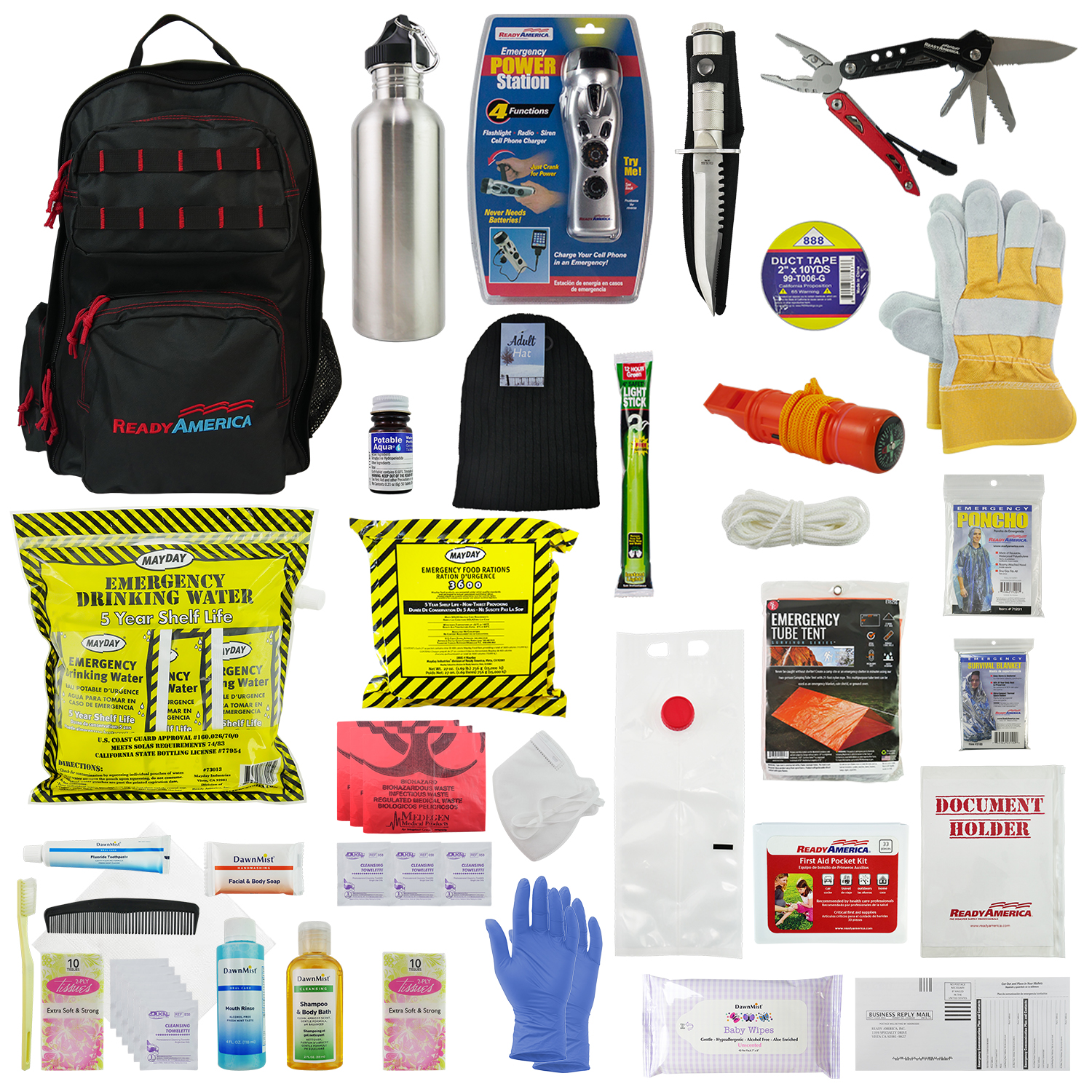Essential Emergency Preparedness: Your Comprehensive Overview
Essential Emergency Preparedness: Your Comprehensive Overview
Blog Article
Just How to Develop a Comprehensive Emergency Readiness Strategy
In the realm of readiness, establishing an extensive emergency situation strategy is not merely a job to inspect off a list; it is an important cornerstone of any kind of organization or person's durability strategy. By diligently crafting a plan that addresses different elements of emergency management, consisting of risk assessment, communication procedures, source allowance, and tactical decision-making, one can lay a strong structure for protecting possessions, procedures, and lives.
Relevance of Emergency Preparedness
Emergency situation preparedness is critical for reducing possible risks and guaranteeing the security of people and areas. In today's globe, where all-natural disasters, public health and wellness situations, and various other emergencies can strike without caution, being prepared can make a substantial distinction in minimizing the effect of these events. By having a well-thought-out emergency readiness strategy in position, companies and individuals can react properly, shield lives, and decrease property damages.
One of the key reasons emergency situation readiness is vital is its role in saving lives. When emergencies occur, having a strategy that outlines clear procedures for interaction, emptying, and emergency situation action can help people act quickly and emphatically. This can protect against injuries and fatalities by ensuring that people recognize what actions to take to remain safe
Furthermore, emergency readiness boosts the durability of areas. By fostering a culture of readiness and preparation for various situations, neighborhoods can jump back faster from disruptions and disasters. This durability is crucial for maintaining stability, continuity of operations, and general health despite difficulty.
Assessing Prospective Threats
Taking into consideration the importance of being prepared for unanticipated occasions, the first action in developing an effective emergency situation readiness plan involves completely evaluating and analyzing prospective threats. This evaluation calls for a thorough testimonial of all possible risks that could affect the company, taking into account variables such as location, market, and historic data on events. By recognizing these dangers, companies can prioritize their preparedness initiatives and allot resources effectively to minimize the most significant hazards.
Usual threats that companies may deal with include natural calamities like hurricanes, quakes, or floodings, technical dangers such as power outages or data violations, in addition to human-caused risks like crashes or deliberate acts of physical violence. Performing a threat analysis also includes considering the prospective impact of these occasions on the company's procedures, workers, consumers, and track record. By conducting a complete danger analysis, organizations can establish tailored emergency feedback plans that address their certain vulnerabilities and make sure effective readiness for any prospective situation.
Creating an Interaction Strategy
Creating a clear and thorough interaction strategy is vital for efficient emergency situation readiness within companies. In times of dilemma, communication plays a crucial function in making certain the safety and security and wellness of workers, stakeholders, and the neighborhood. A well-balanced communication plan must lay out clear lines of communication, designate crucial workers liable for interaction jobs, and develop protocols for disseminating information rapidly and precisely.
One secret facet of developing an interaction strategy is recognizing key and alternative interaction networks (EMERGENCY PREPAREDNESS). These can consist of e-mail, text messaging, phone trees, social networks systems, and public address systems. It is important to make sure that these channels are reputable, easily accessible, and regularly examined to assure their performance throughout emergencies

Building an Emergency Situation Package
Provided the important value of preparedness in times of situation, a crucial component that organizations have to deal with is the facility of an emergency situation kit. When constructing an emergency set, it is essential to think about the details needs and scenarios of the company. Additionally, organizations need to consist of essential papers, such as call lists, insurance coverage details, and emergency situation response plans, in water-proof containers within the package.
Establishing Emptying Treatments
To guarantee the safety and security and orderly evacuation of employees during emergencies, organizations need to develop effective and clear evacuation procedures. Emptying procedures ought to include a variety of possible situations, including fires, natural catastrophes, or other emergencies that need quick emptying.

Additionally, organizations need to establish a system for accountancy for all personnel during a discharge to ensure that everybody has securely left the premises. Interaction plays a vital function in discharge treatments, with clear guidelines on how to evacuate and when to do so. Normal evaluation and upgrading of evacuation procedures based on feedback and changing situations are necessary to keeping the effectiveness of the strategy.
Conclusion
In conclusion, developing a comprehensive emergency readiness strategy is vital for ensuring the safety and well-being of people in case of a calamity (EMERGENCY PREPAREDNESS). By analyzing possible threats, producing a communication plan, building an emergency situation package, and developing emptying procedures, organizations and people can be better equipped to react properly to emergency situations. It is necessary to prioritize readiness efforts to mitigate the influence of catastrophes and safeguard lives and building
In the realm of preparedness, creating an extensive emergency strategy is not site link just a task to examine off a listing; it is a vital cornerstone of any kind of organization or person's durability strategy. When emergencies occur, having a plan that lays out clear procedures for evacuation, interaction, and emergency reaction can aid people act promptly and decisively. Get More Info. By performing a thorough risk assessment, organizations can develop tailored emergency response plans that resolve their specific susceptabilities and ensure effective preparedness for any prospective dilemma
Establishing a comprehensive and clear communication plan is important for efficient emergency situation readiness within companies. By evaluating prospective risks, developing a communication strategy, building an emergency situation package, and establishing evacuation individuals, procedures and organizations can be much better outfitted to respond successfully to emergencies.
Report this page